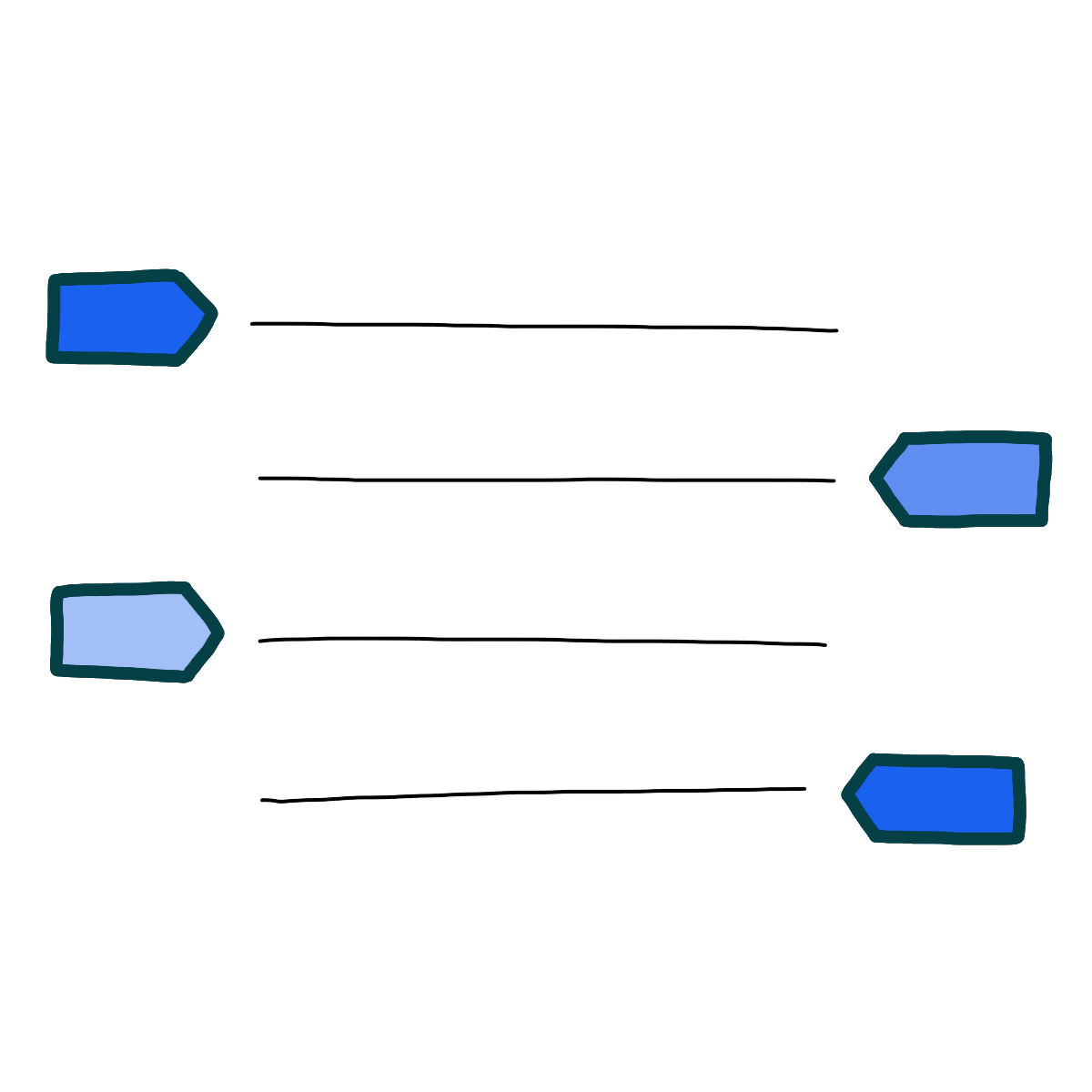Capote employs detailed imagery in his depiction of the Clutter family home, which was designed by Herb Clutter himself:
Situated at the end of a long, lanelike driveway shaded by rows of Chinese elms, the handsome white house, standing on an ample lawn of groomed Bermuda grass, impressed Holcomb; it was a place people pointed out. As for the interior, there were spongy displays of liver-colored carpet intermittently abolishing the glare of varnished, resounding floors; an immense modernistic living-room couch covered in nubby fabric interwoven with glittery strands of silver metal; a breakfast alcove featuring a banquette upholstered in blue-and-white plastic.
Here, Capote notes various specific details about the Clutter home, from the “long, lanelike driveway shaded by rows of Chinese elms” to the “spongy displays of liver-colored carpet” inside. Their couch, he writes, was “immense” and “modernistic,” with “glittery strands of silver metal,” details that underscore the prosperity of the Clutters, whose farm was among the most successful in the county. The house, Capote reports, was one that “people pointed out,” suggesting that the Clutter family was well-known locally and that their home was considered particularly notable, both for its size and the relative opulence suggested by its fine appearance. Here, Capote’s use of imagery underscores both the modesty and success of the Clutter family, who remain humble despite the size and scale of Herb's farm.
Capote employs vivid imagery in a passage in which Bobby Rupp, former boyfriend of the late Nancy Clutter, aimlessly wanders to the Clutter family home:
The cider-tart odor of spoiling apples. Apple trees and pear trees, peach and cherry: Mr. Clutter’s orchard, the treasured assembly of fruit trees he had planted. Bobby, running mindlessly, had not meant to come here, or to any other part of River Valley Farm. It was inexplicable, and he turned to leave, but he turned again and wandered toward the house—white and solid and spacious [..] But now that it was deprived of the late owner’s dedicated attention, the first threads of decay’s cobweb were being spun. A gravel rake lay rusting in the driveway; the lawn was parched and shabby.
Here, Capote draws from multiple senses, noting the “odor of spoiling apples” in the neglected orchard planted by Mr. Clutter outside the “white and solid and spacious” family home. Though the Clutter family home was once an object of local pride, expensively built and well cared-for, the “first threads of decay’s cobwebs were being spun.” When Bobby looks around the property, he sees signs of neglect, including “a gravel rake” that “lay rusting in the driveway” and a “parched and shabby” lawn. Here, Capote’s imagery underscores the slow deterioration of the home in the absence of Mr. Clutter’s “dedicated attention.” This imagery, then, serves as a visual reminder of the tragedy of the Clutter’s senseless deaths.







